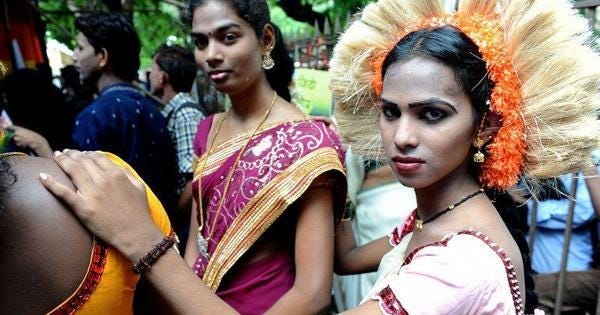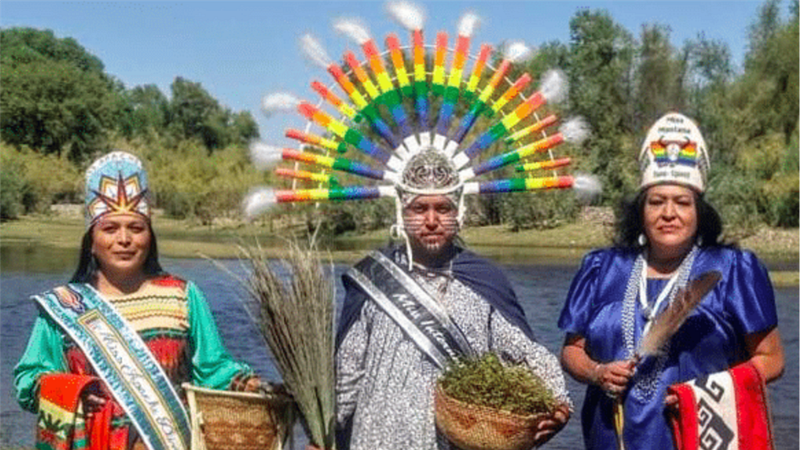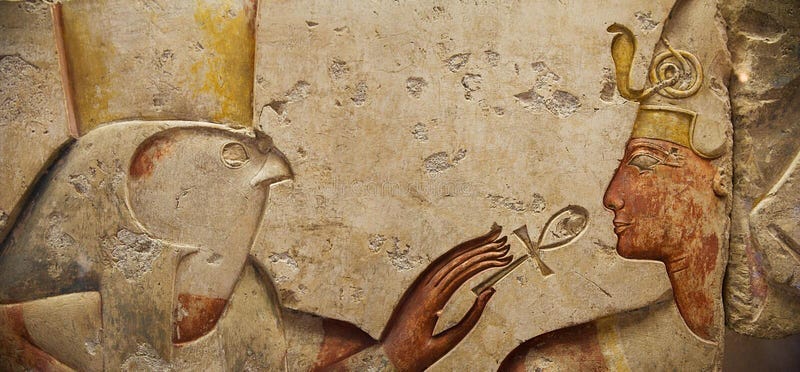Non-Binary Gender History
Throughout history, different cultures and societies have recognized a wide range of gender identities beyond the binary. While the concept…
Throughout history, different cultures and societies have recognized a wide range of gender identities beyond the binary. While the concept of non-binary gender identity may be relatively new in the West, it is important to recognize that many cultures have long recognized the existence of multiple gender identities.
One example of non-binary gender identity in history is the hijra community of India. Hijras are a traditional third gender in India, who are recognized as neither male nor female. They are typically born male but identify as neither male nor female and often dress and behave in a feminine manner. Hijras have been a part of Indian society for centuries and have traditionally played important roles as healers, religious figures, and entertainers.
Another example of non-binary gender identity in history is the two-spirit tradition of some Indigenous cultures in North America. Two-spirit people have male and female spirits within them and are recognized as a third gender in their communities. They often have important ceremonial roles and are respected for their spiritual knowledge and wisdom.
In ancient Egypt, there were also examples of non-binary gender identities. The goddess Isis, for example, was often depicted as having both male and female characteristics and was revered as a powerful figure of creation and magic. Similarly, the god Horus was sometimes depicted as having a feminine side and was associated with fertility and protection.
In many cultures throughout history, there has also been recognition of people who do not fit neatly into binary gender categories. For example, in Polynesia, there is a tradition of fa’afafine, who are male-bodied individuals who identify as women and take on feminine roles and behaviors. In Thailand, there is a tradition of kathoey, transgender women who are recognized as a distinct gender category.
While these historical examples may not correspond exactly to contemporary non-binary gender identities, they demonstrate that the concept of gender as a binary system is not universal or natural. Instead, gender is a social and cultural construct shaped by social norms, beliefs, and expectations. Different cultures and societies have recognized a wide range of gender identities throughout history, and it is essential to respect and celebrate this diversity.






